Active
The latest Active breaking news, comment, reviews and features from the experts at T3
Explore Active
-

Quechua Arpenaz 0° Ultim Comfort review: The comfiest cotton sleeping bag for car campers
The rectangular Quechua Arpenaz 0˚ Ultim Comfort is a top choice for spacious cosiness when the temperature drops
By Derek Adams Published
-

Trailberg’s new Thermore jackets turn plastic waste into serious winter warmth
Lightweight warmth meets recycled tech in Trailberg’s new Vision and Canyon jackets
By Matt Kollat Published
-

A top strength coach ranks the best to worst chest exercises – the best one might surprise you
Jeff Cavaliere reveals what his least favourite and go-to exercises are for bigger pecs
By Bryony Firth-Bernard Published
-
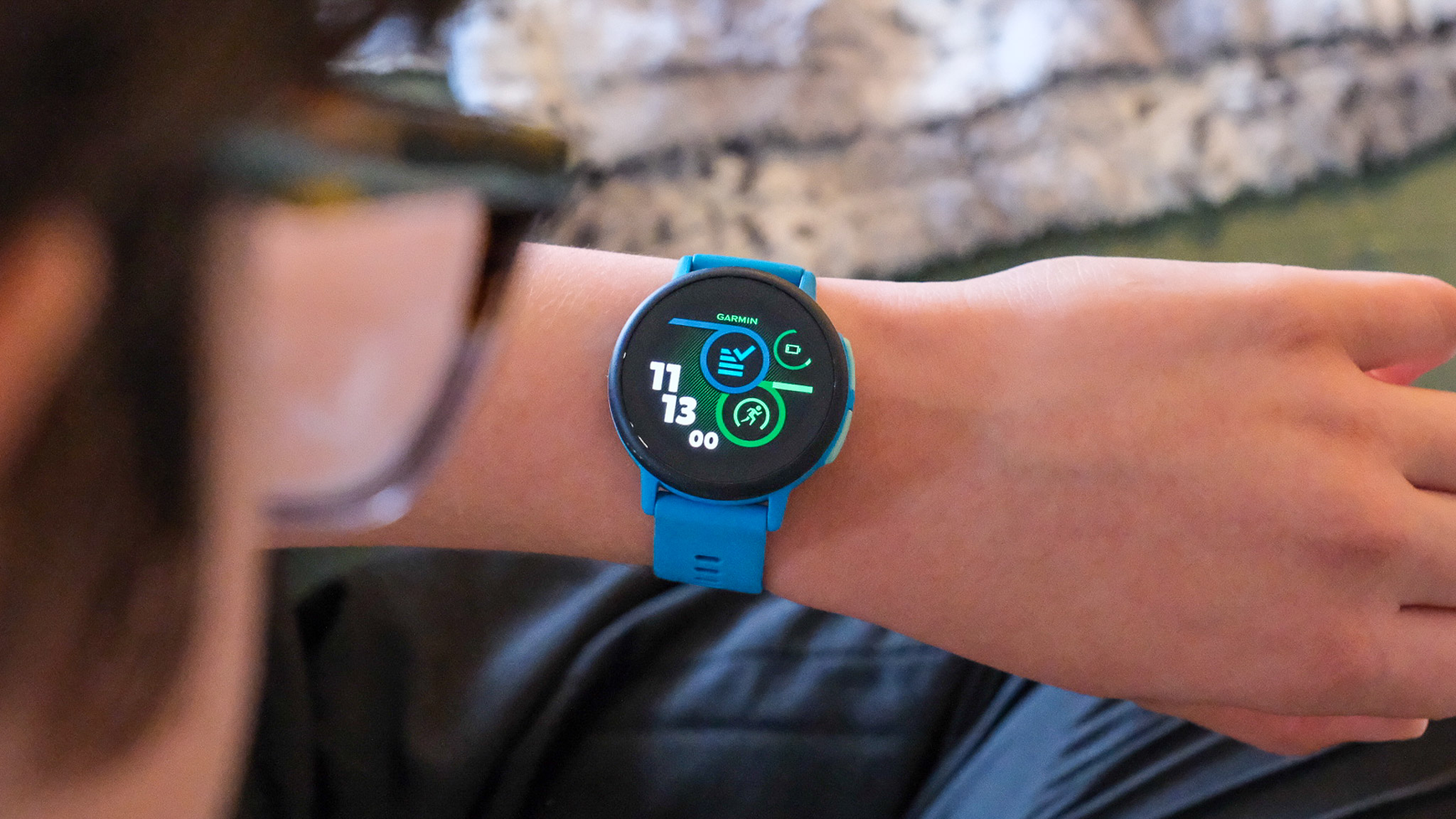
Garmin Bounce 2 review: a pricey but clever smartwatch for younger kids
Garmin brings its fitness know-how to the playground with a watch that kids actually enjoy wearing
By Matt Kollat Published
-

Decathlon made a space suit no one saw coming – and it takes under 2 minutes to put on
A consumer sports brand helping shape Europe’s next-generation astronaut equipment wasn’t on anyone’s bingo card for 2025, yet here we are
By Matt Kollat Published
-
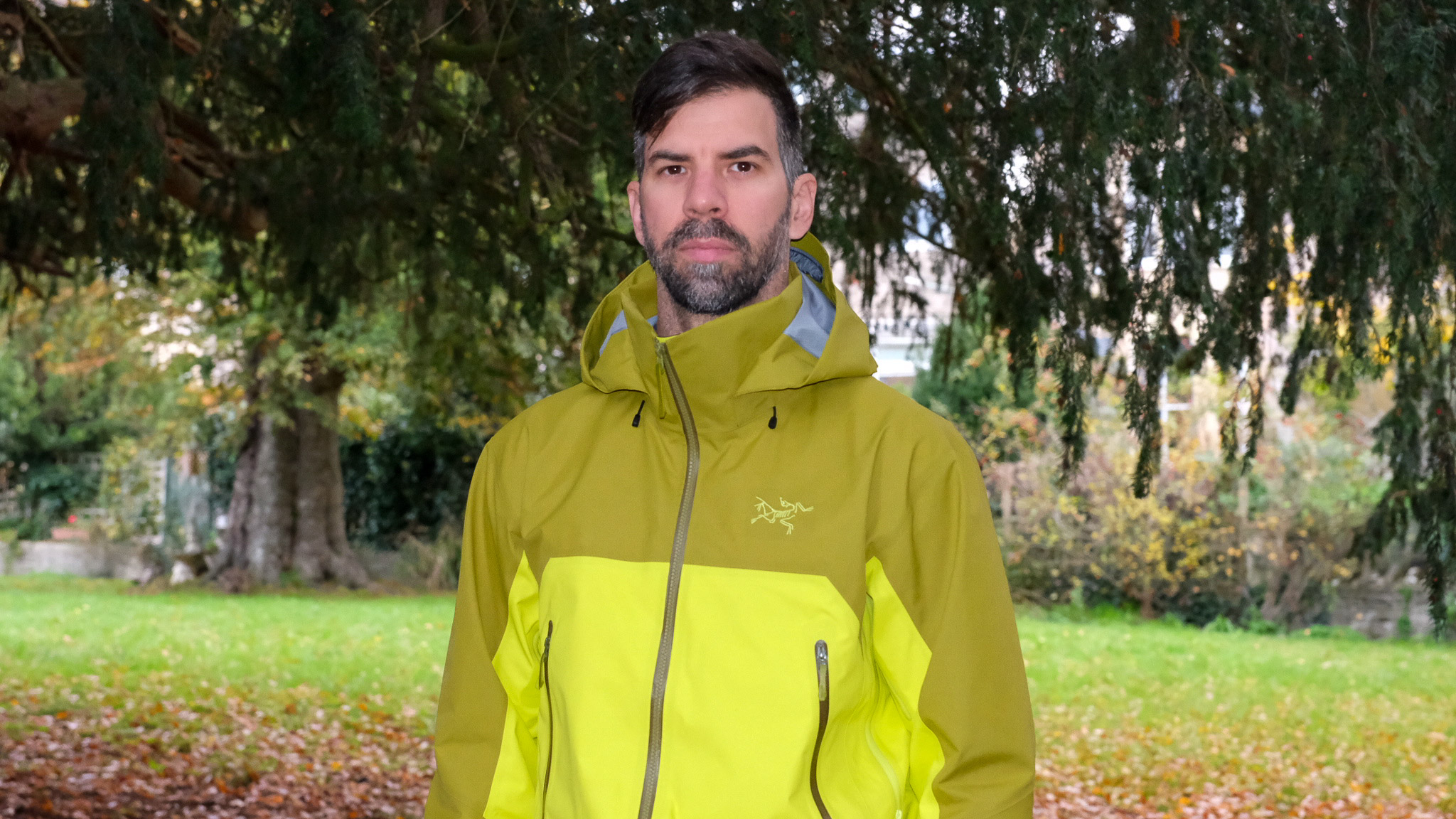
Arc’teryx Beta AR (2025) Jacket review: Iconic mountain shell gets a major upgrade
Arc’teryx’s flagship mountain shell returns with a new membrane, smarter patterning and serious all-weather performance
By Matt Kollat Published
-
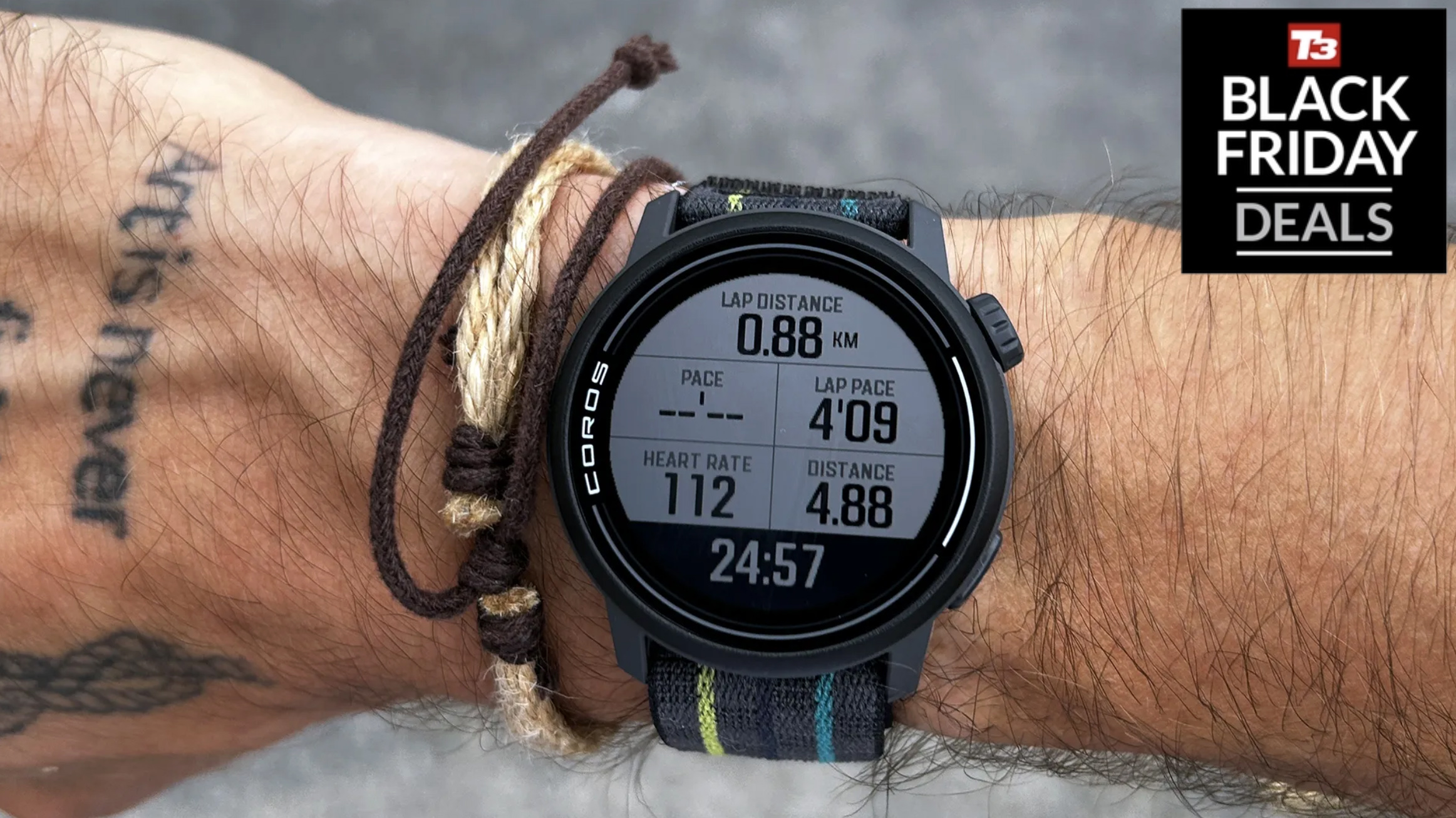
Forget Black Friday – Garmin-rival brand Coros permanently cuts prices on two top running watches
Lightweight Pace 3 and AMOLED Pace Pro drop to a new low price
By Matt Kollat Published
-

The new Saucony Peregrine 16 gets a long-awaited upgrade trail runners have begged for
Saucony’s flagship trail shoe finally gets Vibram Megagrip, plus more cushioning and a tougher upper
By Matt Kollat Published
-

Therabody’s Black Friday sale has landed – but these are the recovery gadgets actually worth buying
I’ve tested lots of Therabody’s products, and my favourites are in the sale
By Bryony Firth-Bernard Published
-

I did 100 lateral tube walks every day – here’s how they improved my running
Don’t sidestep these side steps
By Lucy Miller Published
-

Do you really need waterproof hiking boots?
Here’s what an outdoor expert thinks
By Bryony Firth-Bernard Published
-

Blacks has just dropped a massive Garmin sale – and you can save up to £450
This Black Friday sale is definitely the best for buying a Garmin
By Bryony Firth-Bernard Published
-

Cotswold Outdoor has over 170 Patagonia deals right now – here are an outdoor editor's top picks
Who would've thought you could find so many offers on Patagonia at Cotswold Outdoor?
By Matt Kollat Published
-

Porsche and Norrona quietly dropped the most exclusive ski gear of the season
A performance-first collab brings Porsche design cues to Norrona’s big-mountain staples
By Matt Kollat Published
-

Two dumbbells, a bench and these four exercises to add strength and muscle to your entire body
This workout from a top fitness coach keeps things simple
By Bryony Firth-Bernard Published
-

Best rowing machine 2025 for a full-body workout at home
The best rowing machines to buy today, from top brands including NordicTrack, WaterRower, Hydrow and more
By Bryony Firth-Bernard Last updated
-

The best workout shoes 2025 to squat, leap and lift your way to fitness
The best workout shoes provide more support for lifting weights and improved grip for greater HIIT intensity
By Bryony Firth-Bernard Last updated
-

Best camping mat 2025: inflatable and foam sleeping pads ranked
We select the best camping mats for every occasion, from self-inflating pads to cheap and cheerful roll mats
By Matt Kollat Last updated
-

Best under-desk treadmills 2025: work yourself fit
The best under-desk treadmills to keep you fit when you’re at your desk
By Bryony Firth-Bernard Last updated
-

The best Black Friday fitness deals: from Garmins to treadmills and gym apparel
Level up your training, boost recovery and upgrade your workout wardrobe with these fantastic Black Friday deals
By Bryony Firth-Bernard Last updated
-
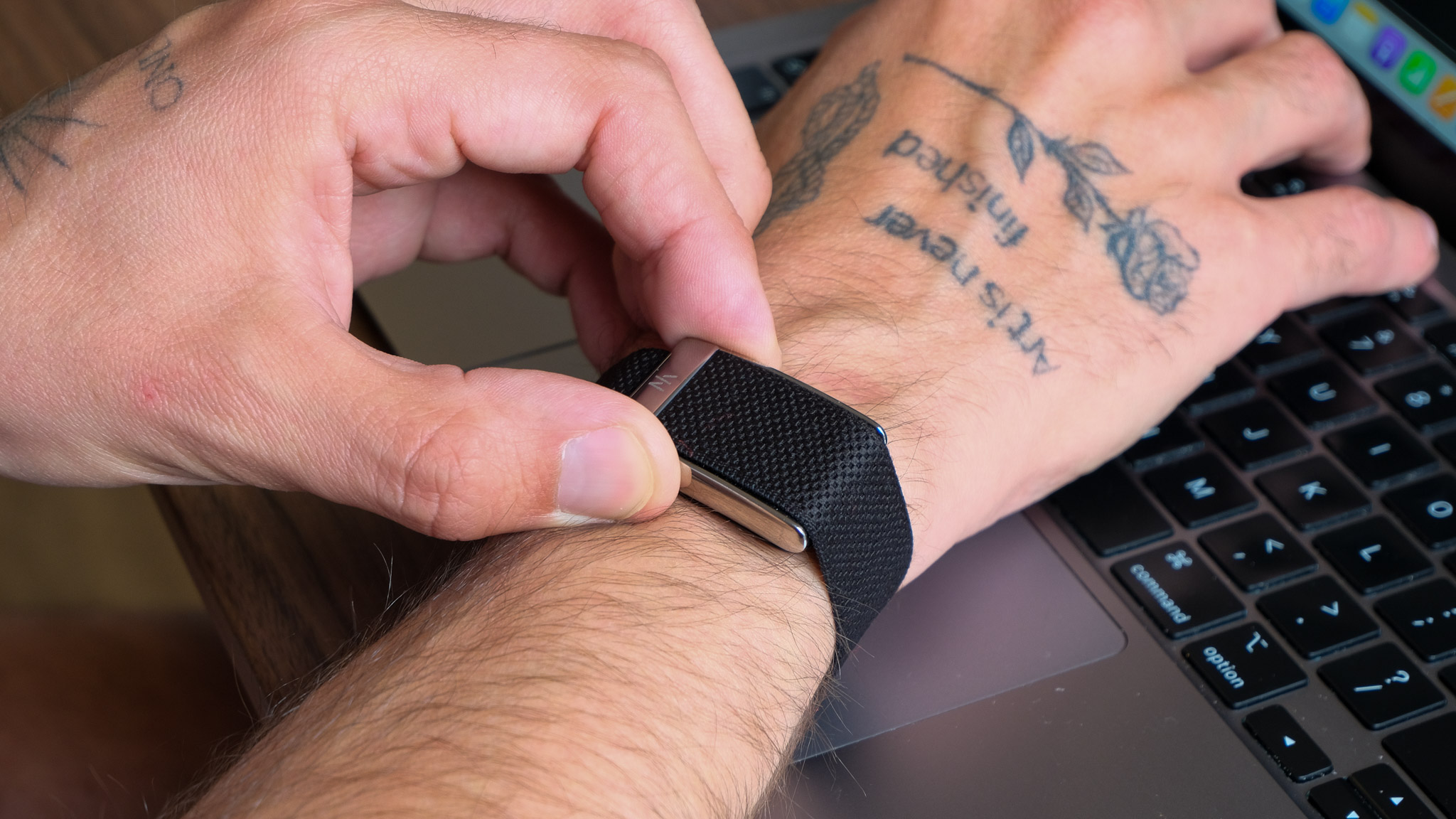
WHOOP just gave every member access to lab-based health insights for free
Advanced Labs Uploads feature lets all members link their blood test results with biometric data for AI-powered coaching insights
By Matt Kollat Published
-

I can't believe how much Peloton slashed the price of its latest treadmills and exercise bikes for Black Friday
The brand’s barely a month-old machines yet are getting their first-ever discounts, and the savings are seriously impressive
By Matt Kollat Published
-

The Garmin that nearly all new runners reach for has plummeted in price
The Forerunner 55 is a well-rounded wearable for newbies, and now it’s super cheap
By Bryony Firth-Bernard Published
-

Brompton Electric T Line review: The reinvention of a commuter icon
The lightest electric Brompton ever built proves the brand can still innovate, but refinement comes at a cost
By Matt Kollat Published
-

A mobility expert says these three bodyweight exercises can help undo that nagging pain in one side of your lower back
And they’ll take you just under 10 minutes
By Bryony Firth-Bernard Published
-

YETI's latest colourway brings coastal calm to your bottles and mugs
Striking new hue lands in the UK alongside sought-after ceramic-lined drinkware
By Matt Kollat Published
-

Apple Watch rival with 14 days of battery life has crashed to its lowest price
The Huawei Watch GT5 is cheap as chips
By Bryony Firth-Bernard Published
-
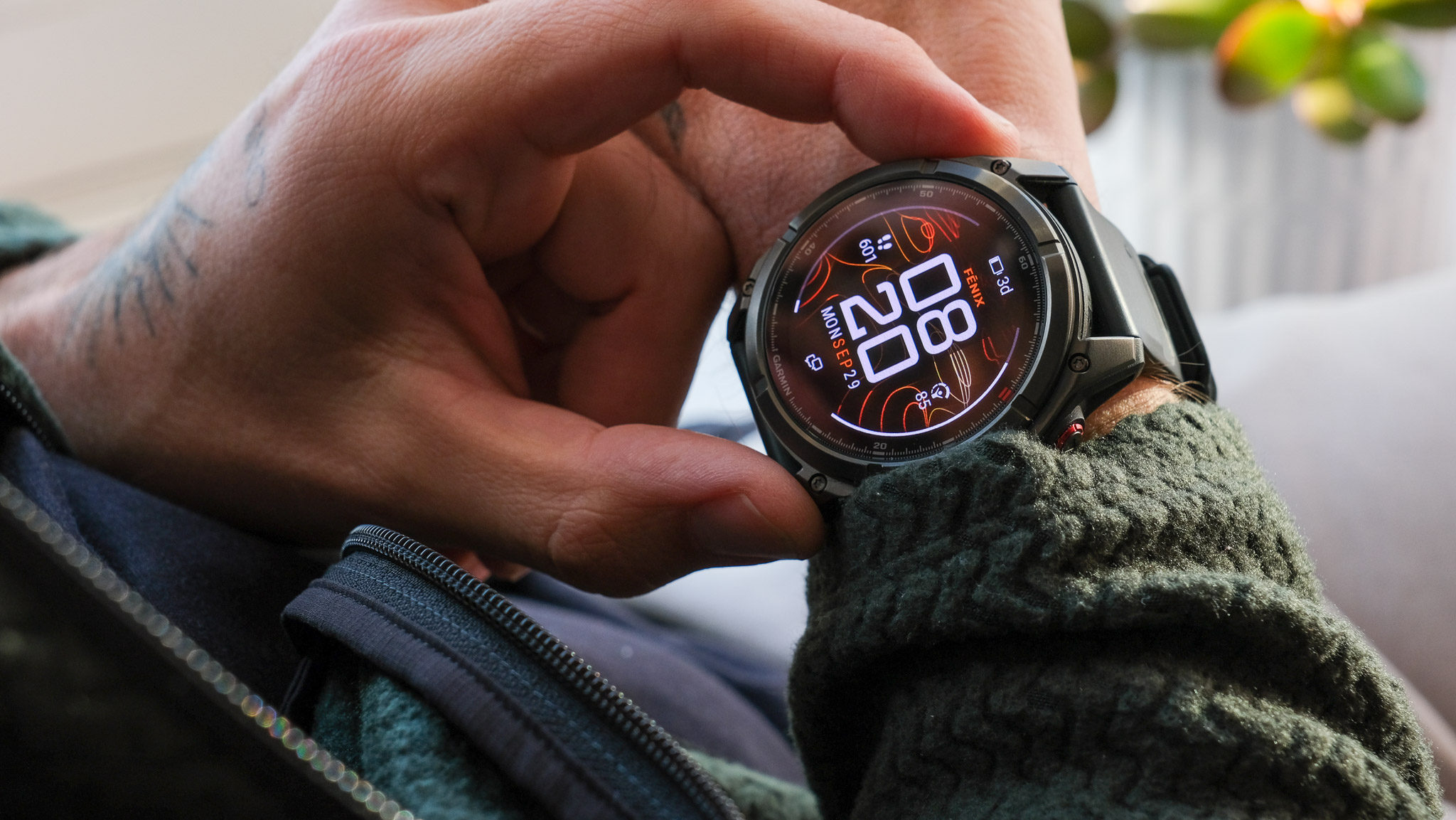
Garmin said it wouldn’t copy Apple, so why now a rotating crown on its watches?
New leak suggests Garmin is testing crown-based controls and could be softening its stance on Apple-style smartwatch design
By Matt Kollat Published
-
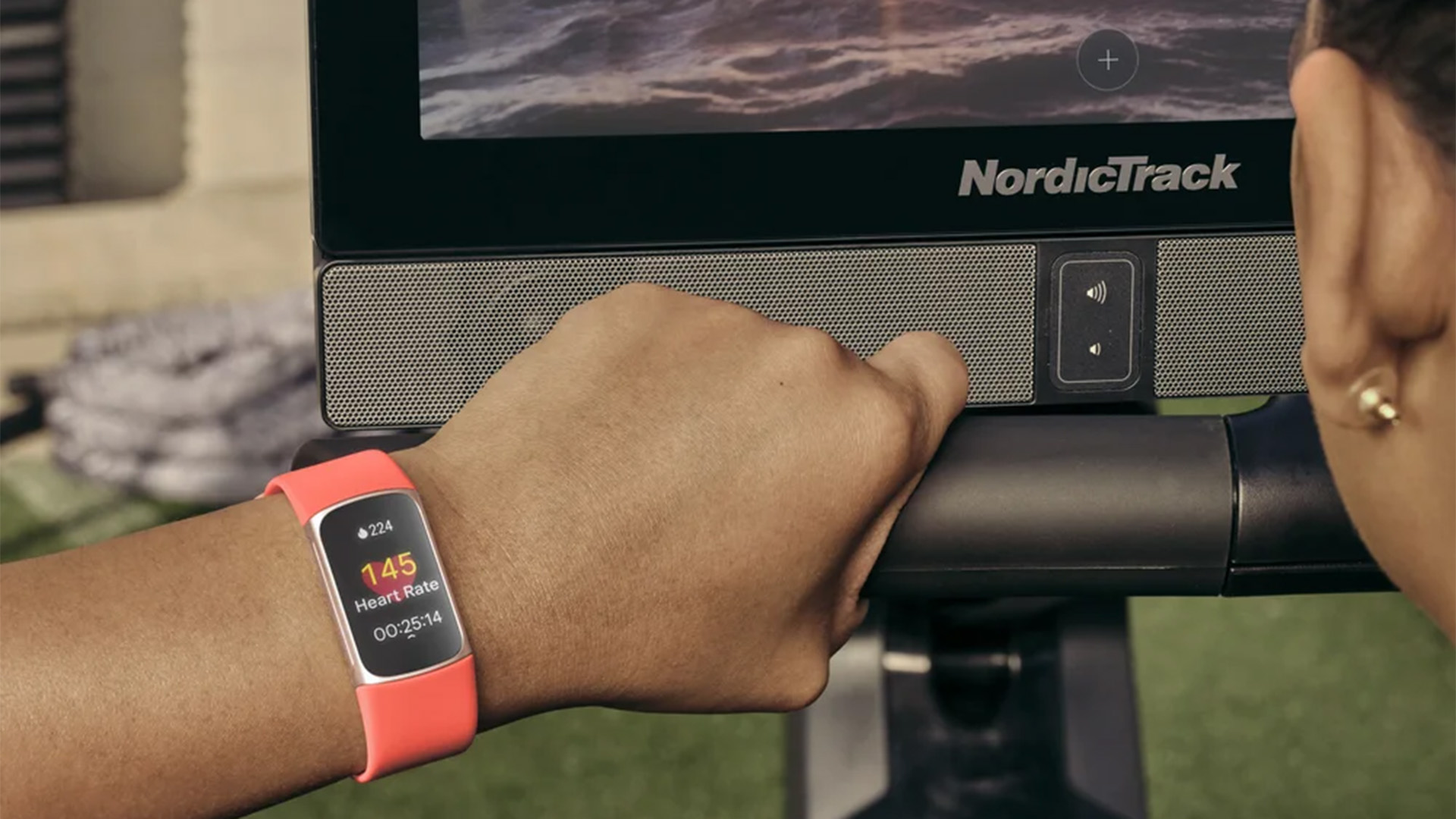
Fitbit getting a major Android redesign – and you might even have it already, if you're lucky
There's an uplift coming to Fitbit bringing closer integration to Android
By Chris Hall Published
